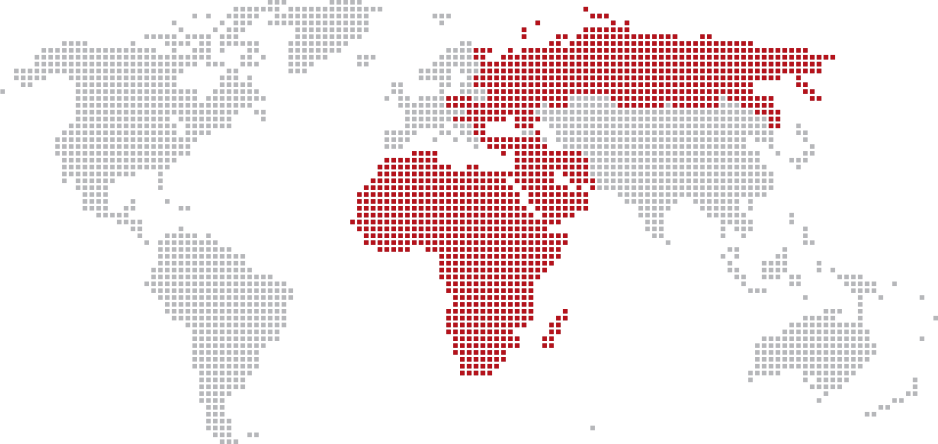The alarming rise in case rates across Europe and what they mean for the 2021 European recovery is weighing on sentiment. The good news is that we expect politicians to have largely overcome vaccine challenges this summer. Propelled by the tailwinds of better growth in 4Q20 and continued loose fiscal policy, our team remain constructive on CEEMEA growth rates in 2021.
This means that the theme of reflation could indeed make a comeback and become a pressing issue in the CEEMEA region. In fact, every country is expected to see CPI above target this year, with drivers behind those higher prices largely similar. Namely, higher core CPI, ‘re-opening’ inflation and base effects.
But the scale and persistency of those CPI overshoots, as well as CPI trends, will differ. And some countries will be more tolerant of higher inflation than others. Hungary will see the largest overshoot, with CPI likely hitting 5% in April/May. Poland will also see CPI above the upper tolerance band, but the peak will come much later.
In contrast, Romanian and Czech CPIs will be more well behaved, albeit still above target. In Russia, CPI has likely already reached its peak and should start gradually decelerating while the Turkish CPI outlook looks more challenging.
We also consider which countries are most exposed to weaker FX and higher oil prices. Here, Hungary and Turkey stand out. Turkey suffers the highest oil pass through in the region, while Hungary, among free-floating currency regimes, exhibits the highest FX pass through.
Despite high inflation, the central banks’ preferences vary. In the low yielding CEE space, the two central banks with the most worrying inflation profiles (NBP and NBH) are, and will continue to be, heavily reluctant to tighten. While the NBP is likely to get away with loose monetary policy, we expect the NBH to be forced into hikes in 2Q due to FX consideration.
We expect the CNB to raise rates later this year, despite less pressing price pressure compared to Poland and Hungary. Similar to the CBR (which has already started tightening), the CNB will hike due to its strong inflation targeting framework. But in contrast to frontloaded CBR tightening, we believe CNB hikes will be backloaded into late-2021.
Our call for CBT rate cuts in 2H21 remains unchanged, but the easing should come earlier and be more aggressive. As is likely going to be the case in Hungary in 2Q21, we do not rule out CBT tightening next quarter should the TRY need stabilizing.
Lockdowns delay, but do not derail recoveries
CEE economies have had varying degrees of success in controlling the virus and rolling out vaccines. Currently, the Czech Republic certainly looks the underperformer in terms of case numbers and the extent of its lockdown restrictions, though Hungary and Poland are not too far behind. As Europe has discovered, failure to roll out the vaccine has allowed vaccine-resistant strains to become more prevalent and ultimately forced policymakers into more severe restrictions. Political cycles in the CEE have also played a role in policymakers’ appetite for more stringent restrictions.
Fig 1 – Covid-19 Cases, vaccines and restrictions – the current state of play
Ultimately, if vaccines are the way out of this crisis, then successful vaccine rollouts will determine when economies can return to some kind of normal. The good news here, as Carsten Brzeski discusses in a recent podcast, is that 50-60% of Europe’s population should be vaccinated by this summer, achieving a degree of herd immunity.
Within the CEE space, herd immunity looks like it will largely be achieved by 3Q21 – albeit with a few exceptions. In the infographic, in Figure 2 we showcase our best guess on when that may be achieved, alongside some of the positives and negatives in how the crisis has been handled. Southern Europe looks better positioned here with the Balkans potentially returning to full mobility as early as 2Q21.
Political cycles have played a role here as have vaccine purchasing programmes. On this latter point, Hungary stands out in being well supplied with vaccines. One of the bigger challenges across the region is confidence in the vaccine. This is particularly relevant for Russia, where trust in the locally produced vaccines seems to be slowing take-up rates.
Other challenges for the region include complacency following early successes with the first wave, and in some countries, weaknesses in healthcare infrastructure are now being exposed.
To read the full article:https://think.ing.com/articles/ceemea-economic-outlook-some-like-it-hot
